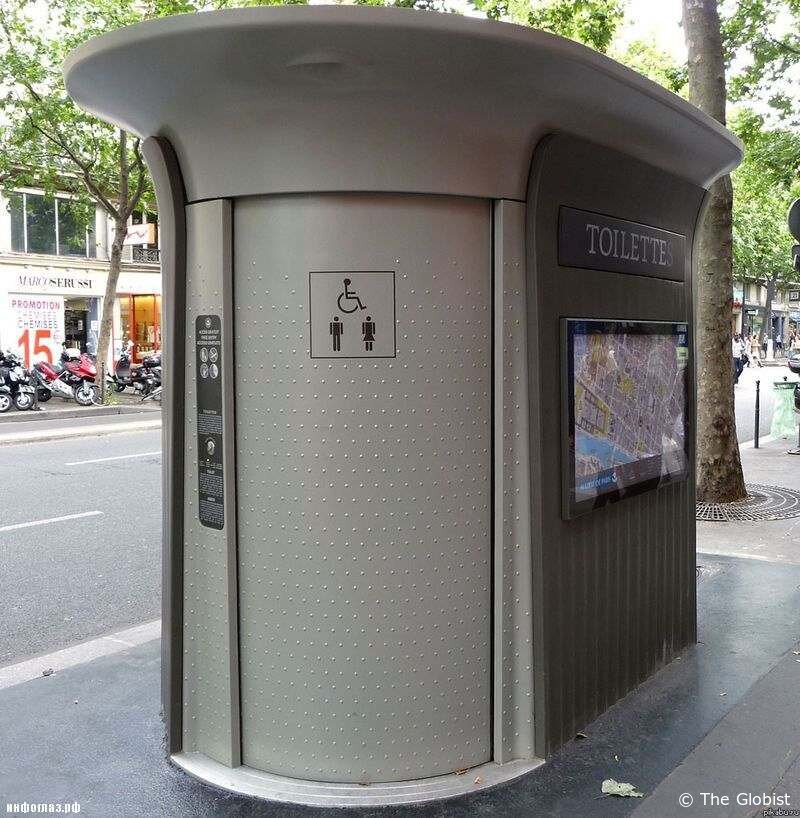WHO calls for increased investment to reach the goal of a toilet for all

The world will not reach the goal of universal sanitation coverage – where every person in the world has access to toilets that safely contain excreta – by 2030* unless countries make comprehensive policy shifts and invest more funds, WHO warned today as it launched the first global guidelines on sanitation and health.
By adopting WHO’s new guidelines, countries can significantly reduce the 829 000 annual diarrhoeal deaths due to unsafe water, sanitation and hygiene. For every US$ 1 invested in sanitation, WHO estimates a nearly six-fold return as measured by lower health costs, increased productivity and fewer premature deaths.
Worldwide, 2.3 billion people lack basic sanitation (with almost half forced to defecate in the open). They are among the 4.5 billion are without access to safely managed sanitation services – in other words a toilet connected to a sewer or pit or septic tank that treats human waste.
"Without proper access, millions of people the world over are deprived of the dignity, safety and convenience of a decent toilet," said Dr Soumya Swaminathan, Deputy Director-General for Programmes, WHO. "Sanitation is a fundamental foundation of human health and development and underpins the core mission of WHO and ministries of health worldwide. WHO’s Sanitation and Health Guidelines are essential to securing health and wellbeing for everyone, everywhere."
WHO developed the new guidelines on sanitation and health because current sanitation programmes are not achieving anticipated health gains and there is a lack of authoritative health-based guidance on sanitation.
“Billions of people live without access to even the most basic sanitation services,” said Dr Maria Neira, Director, Department of Public Health, Environmental and Social Determinants of Health, WHO. “The transmission of a host of diseases, including cholera, diarrhoea, dysentery, hepatitis A, typhoid and polio, is linked to dirty water and inadequately treated sewage. Poor sanitation is also a major factor in transmission of neglected tropical diseases such as intestinal worms, schistosomiasis and trachoma, as well as contributing to malnutrition.”
The new guidelines set out four principal recommendations:
- Sanitation interventions should ensure entire communities have access to toilets that safely contain excreta.
- The full sanitation system should be undergo local health risk assessments to protect individuals and communities from exposure to excreta – whether this be from unsafe toilets, leaking storage or inadequate treatment.
- Sanitation should be integrated into regular local government-led planning and service provision to avert the higher costs associated with retrofitting sanitation and to ensure sustainability.
- The health sector should invest more and play a coordinating role in sanitation planning to protect public health.
Some countries have recently taken significant actions:
- India has elevated the challenge of ending open defecation to the highest level. Under the Prime Minister’s leadership, the Swachh Bharat Mission (Clean India Programme) is coordinating action across many sectors to ensure basic sanitation rapidly reaches and improves the lives of millions.
- Senegal is a leader in Africa that recognizes the role of pit latrines and septic tanks in ensuring services for all. The government is providing innovative solutions with the private sector to ensure pits and septic tanks are emptied and contents are treated to ensure affordable services and clean communities.
Sustainable Development Goal 6 is to ensure availability and sustainable management of water and sanitation for all. WHO, together with UNICEF, monitors progress on the following targets:
- 6.1 By 2030, achieve universal and equitable access to safe water for all.
- 6.2 By 2030, achieve access to adequate and equitable sanitation and hygiene for all and end open defecation, paying special attention to the needs of women and girls and those in vulnerable situations.
In order to meet these targets, the World Bank estimates investments in infrastructure need to triple to US $114 billion per year – a figure which does not include operating and maintenance costs.
Safe water, sanitation and hygiene are also essential to SDG 3 “Ensuring healthy lives and promote wellbeing for all at all ages”. Under SDG target 3.3, countries are working to end the epidemics of major diseases, including water-borne diseases. Under SDG 3.9, countries are working to substantially reduce the number of deaths and illnesses from hazardous chemicals and air, water and soil pollution and contamination by 2030. Additionally, safe water, sanitation and hygiene are needed to reduce maternal mortality and to end preventable deaths of newborns and children as called for in SDG targets 3.1 and 3.2.









